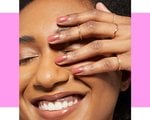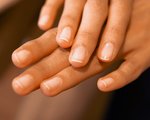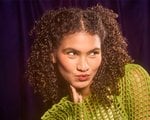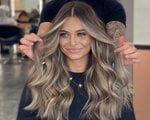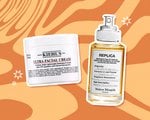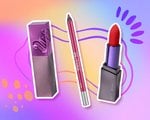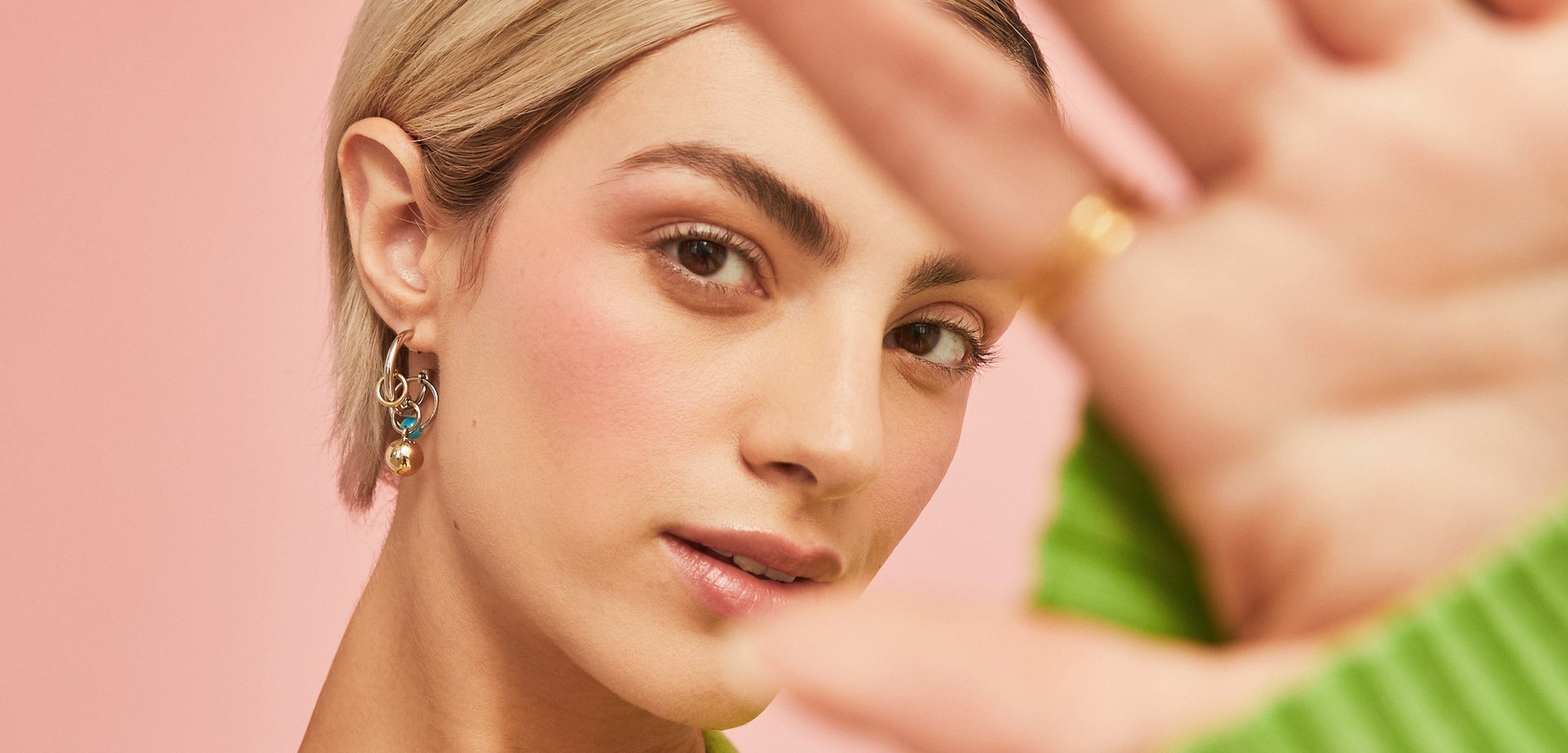Should Your Hair Be Clean or Dirty Before Getting It Colored?
August 02, 2024Is It Best To Skip Washes Before Bleaching?
Bleach can be harsh on your scalp and strands, so it’s not surprising that people often opt to skip a few washes before bleaching their hair. According to Moore, that’s not the best approach. You should still wash your hair before bleaching it—just perhaps not immediately before.
“If your hair is too dirty, it will not lift enough,” Moore says. “And believe me, [a single] on-scalp bleach application is enough for one day.” She suggests lathering up the day before bleaching your hair for the best results. “The stimulation on your head (scratching, scrubbing, etc.) from shampooing could cause your head to be tingly or itchy when the product is applied,” she explains. If your scalp is extremely sensitive, you can wash your hair up to two days before your appointment.
Can Hair Products Interfere With the Coloring Process?
“Styling products and sprays can definitely create barriers between the hair and the color product,” Moore says. So when it comes to styling your hair before an appointment, a less-is-more approach is best. A bit of product on the mids and ends of the hair isn’t a big deal, but avoid applying oil or gel to your scalp (especially before a root application), as doing so can result in a patchy, uneven color. Similarly, use hot tools with care. Heat can damage the hair and make it more porous, Moore explains. And damaged hair “will absorb and react to color differently than healthy hair.” If your hair is super damaged, you may want to consult with your colorist before committing to that bleach session or intense all-over dye job.
When Can You Wash Your Hair After Dyeing It?

Wait at least 48 hours if not up to 72 hours after your hair color appointment before washing it. Waiting a bit “gives your new color a chance to settle in and [allows] the bonds in your hair to harden again,” says Moore. It can also extend the life of your color.
“If you have hair color that fades easily, like a direct dye (fun rainbow color), or are a redhead of any kind, it is best to shampoo less often to protect the hair color,” she says. Aim for two or three days between washes if possible (lean on dry shampoo if you’re prone to oiliness).
When you are ready to wash up, be sure to use a color-safe shampoo and conditioner to help preserve your color. This is especially important if you have a bright hair color that fades easily, notes Moore. We recommend using the Redken Acidic Bonding Concentrate collection, as it helps protect against color fading and strengthens damaged, color-treated hair. The lineup includes six products that you can mix and match according to your needs: a bond-repairing pre-shampoo treatment, a shampoo, a lightweight conditioner, a richer conditioner, a reparative five-minute mask, and a heat-protecting leave-in treatment. All of the products are sulfate-free and designed to help combat visible damage while smoothing, strengthening, and repairing your strands.
When it comes to the rest of your styling routine, look for nourishing formulas. “Products that offer moisture and strength to the hair are going to make sure the hair is in good enough shape to hold hair color,” advises Moore. “Treat, treat, treat your hair before, after, and during your service and at home. This is the best way to create a brilliant canvas for your hairdresser to work on.”
Next Up: Sombré Hair Is the Low Maintenance Color Trend to Try in 2024










